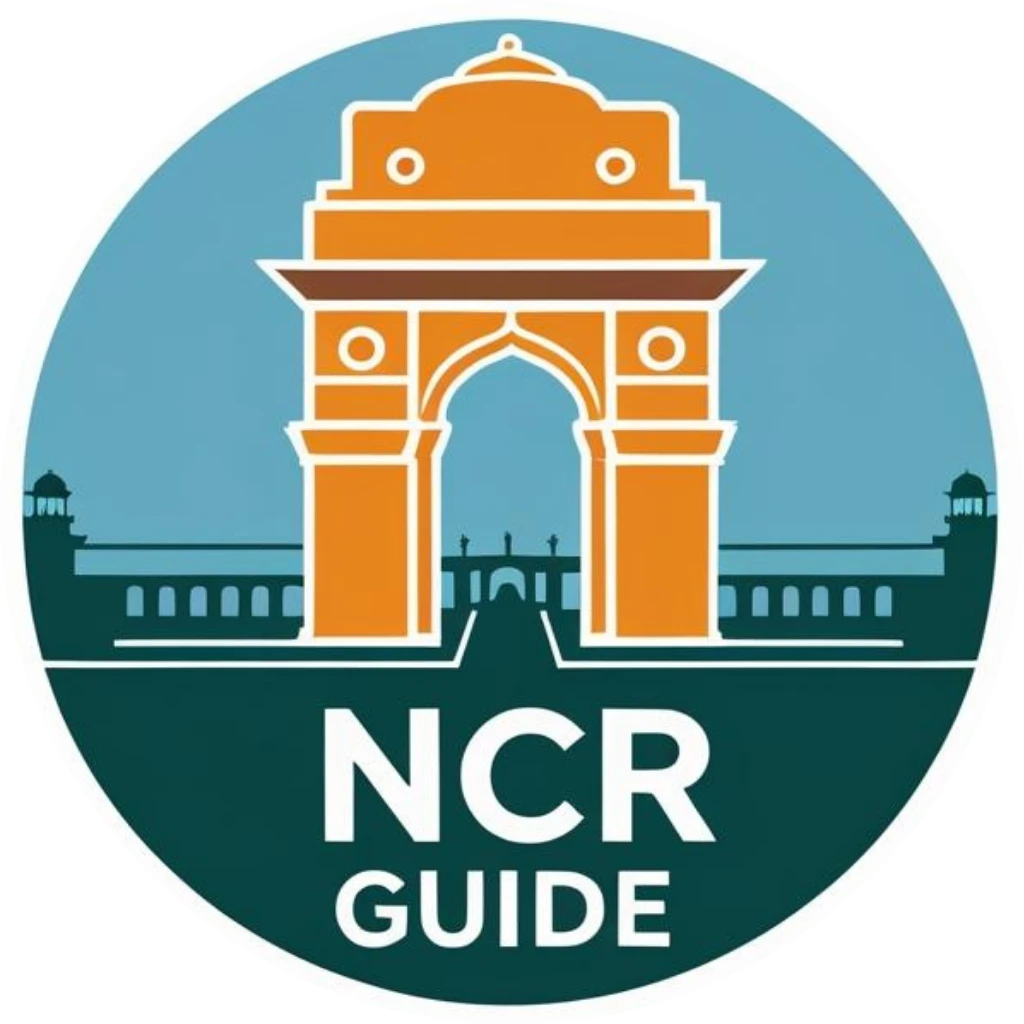The Delhi government is preparing to launch Digital ID Cards for welfare scheme beneficiaries, marking a significant shift in how entitlements and subsidies will be managed in the capital. The initiative, announced by Chief Minister Arvind Kejriwal during a high-level meeting with officials on July 10, 2025, aims to improve transparency, streamline benefits, and identify gaps in existing welfare programs.
Why Delhi Is Moving Towards Digital Welfare Cards
For years, the Delhi government has operated multiple welfare schemes — from subsidized rations and pensions to free bus rides and education support. However, challenges such as duplication of benefits, leakages, and lack of real-time data have hindered performance tracking.
The Digital ID Card system will offer a centralized database of verified beneficiaries, potentially linked with Aadhaar and other digital records. Officials say this will ensure “no eligible person is left out” while simultaneously preventing misuse.
“We need to consolidate and evaluate who is actually receiving the benefits and who is being left behind,” said an official part of the task force.
Key Features of the New Digital Welfare Identity Card
Unlike existing identity cards issued scheme-wise (e.g., pension cards, ration cards, etc.), the upcoming digital cards will serve as a single, unified identity across all welfare services.
Here’s what the government has envisioned so far:
- Unique ID for every beneficiary
- Digitally linked across schemes (like old age pension, widow support, DTC free travel, etc.)
- Eligibility review and data validation
- Mobile-based and printable access for beneficiaries
In essence, this card could work like a Delhi-specific social protection passport — proving both identity and eligibility across government systems.
Full Review of All Welfare Schemes Underway
The card rollout is part of a broader audit and evaluation of all welfare schemes. Officials have been directed to conduct a comprehensive review, including:
- Identifying overlaps across schemes
- Recognizing beneficiaries receiving multiple benefits
- Spotting dropouts or unserved eligible citizens
- Removing ghost beneficiaries
This push is seen as part of Delhi’s wider transition to a “Digital Welfare Governance” model, aligning with other states like Telangana and Andhra Pradesh that have experimented with beneficiary dashboards and QR-based delivery tracking.
Who Will Be Covered Under the Digital Card Rollout?
The digital ID card will initially cover individuals currently availing welfare schemes in:
- Health and medical relief
- Public transport (women’s free DTC rides)
- Education support schemes
- Pension for senior citizens, widows, and disabled persons
- Food security (ration schemes)
Eventually, the aim is to include every eligible resident of Delhi who qualifies under any welfare-related initiative, whether centrally or state-funded.
Potential Impact on Beneficiaries and Governance
For beneficiaries, the move promises faster service delivery, real-time grievance redressal, and unified access to services without repeating paperwork for every scheme. For the government, it provides:
- Better planning via data analytics
- Targeted subsidy disbursement
- Reduction in leakages and fraud
- Improved fiscal forecasting
This shift will also improve Delhi’s readiness to adopt Direct Benefit Transfers (DBT) for a wider range of schemes, and reduce dependence on middlemen and intermediaries.
Timeline and Implementation Phases
Although no hard date has been announced for the digital card launch, the Chief Minister has instructed officials to begin work “immediately” on the following:
- Digital infrastructure planning
- Scheme-wise data cleanup
- Pilot implementation in selected zones
- Beneficiary outreach and digital literacy efforts
The system may be rolled out gradually starting with two to three major schemes, before scaling across all departments.
Lessons from Past Digital Welfare Programs
Delhi is not the first to attempt digitizing welfare access. The Aadhaar-linked PDS (Public Distribution System) and e-Pension systems have already proven the value of tech-enabled service delivery.
However, experts also warn that over-dependence on digital systems may exclude the most vulnerable — especially the elderly, the homeless, and those without smartphones.
“Digitization must be accompanied by on-ground facilitation — like help desks, mobile vans, and support centers,” said Reetika Khera, economist and welfare researcher.
The Delhi government has acknowledged these concerns and is likely to include offline verification and support systems alongside the new digital card.
Political and Civic Reactions
The announcement comes at a politically significant time as welfare remains central to Delhi’s electoral landscape. While supporters call it a much-needed modernization, critics have asked for transparency around data privacy and exclusion errors.
Civil society groups have urged the government to release a whitepaper detailing:
- Data security protocols
- Grievance redress mechanisms
- Appeal systems for denied benefits
What Citizens Should Expect Next
Residents currently enrolled in any Delhi welfare scheme are advised to update their Aadhaar-linked information and ensure their scheme records are correct.
Once the rollout begins, SMS alerts and public notices are expected across Mohalla Clinics, ration shops, DTC stops, and community centers to guide people on accessing and verifying their digital cards.
FAQs
What are the new Digital ID Cards introduced in Delhi?
The Delhi government has launched digital ID cards for beneficiaries of welfare schemes, enabling seamless access to entitlements and streamlining identity verification across multiple services.
Who will receive these Digital ID Cards?
Initially, digital ID cards will be issued to around 70 lakh residents benefiting from over 100 welfare schemes, including pension, ration, and health services.
How will the Digital ID Card benefit citizens in Delhi?
These cards aim to reduce dependency on physical documents, prevent duplication across departments, and allow real-time authentication of welfare delivery.
When will the Digital ID rollout begin in Delhi?
The digital ID card distribution is expected to begin in phases starting mid-July 2025, as announced by the Chief Minister.
Will existing welfare schemes be discontinued after this digitization?
No, the schemes will continue. However, they are under review to eliminate inefficiencies, overlapping benefits, and ensure better targeting of subsidies and aid.
What is the objective of reviewing all existing welfare schemes in Delhi?
The government seeks to identify gaps, remove overlaps between similar schemes, and enhance impact. Feedback from beneficiaries will guide these reforms.
Is Aadhaar still required if I have a Digital ID card?
Yes. Aadhaar will still serve as a key verification document, but the new Digital ID will act as a scheme-specific credential linked to various government databases.
Will the digital ID be accessible to citizens without smartphones?
Yes. Citizens can access their ID via government centres and helplines. Printable versions and support for digitally underserved users are part of the plan.
Can the digital ID card be used for other government services beyond welfare schemes?
Eventually, yes. The aim is to integrate it across health, education, transport, and utility services to create a unified governance ecosystem.

